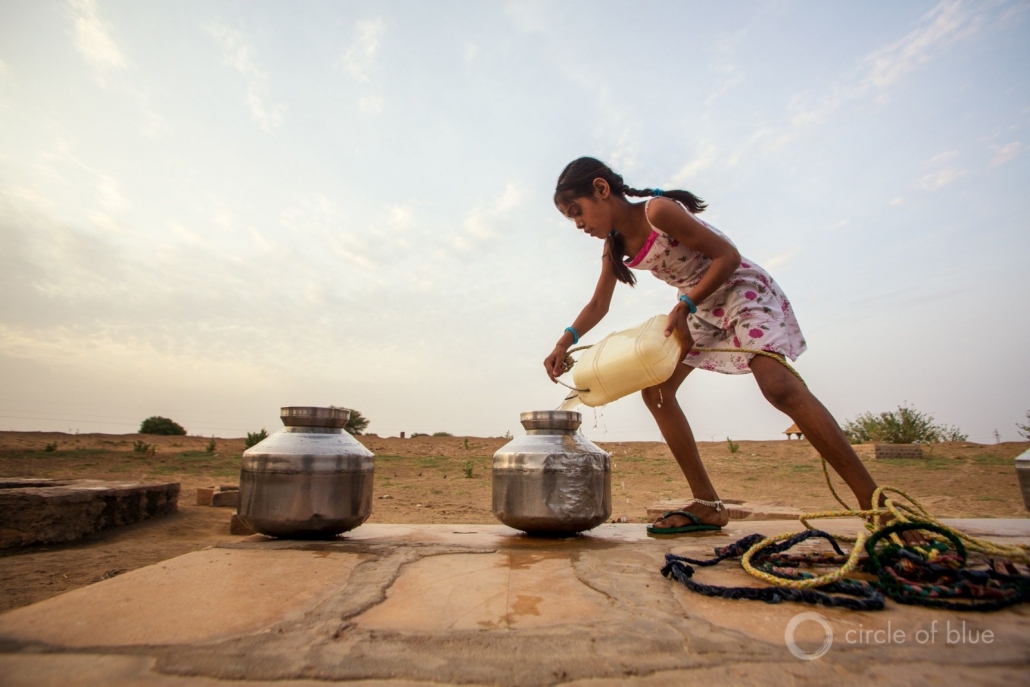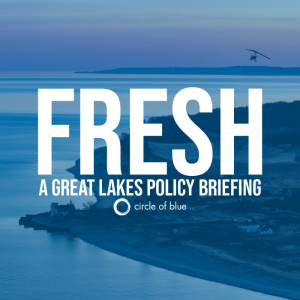Welcome to “What’s Up With Water” – your need-to-know news of the world’s water from Circle of Blue. I’m Eileen Wray-McCann.
In Sudan, fighting between the national army and a militant group is limiting access to safe drinking water in the capital city of Khartoum. The fighting broke out in mid-April and is also worsening a severe humanitarian crisis in the country. According to the UN, food, fuel, and water are becoming scarce in urban areas. More than 60 percent of Khartoum’s healthcare facilities are closed. Not all neighborhoods in the capital have experienced water cuts. But in those that have lost access to water, people are desperate. They are turning to the Nile River to survive. The BBC interviewed people on the banks of the Nile who no longer had running water. They filled buckets and large containers to carry home and boil before using. The need to haul water could hardly have come at a worse time. In recent days, temperatures have soared above 100 degrees Fahrenheit as people were weakened from fasting during the Muslim holy month of Ramadan, which ended on April 20. Diplomatic talks to end the fighting are being brokered by the UN, the United States, and neighboring countries.
In India, researchers have estimated the impacts of urban development on an important part of the water cycle. In this case they examined the loss of groundwater storage due to pavement and other hard surfaces. A report from the Advanced Centre for Water Resources Development and Management focused on a particular city: Pune, a metropolis of about six million people in western India. Roads, parking lots, and apartments blanket the ground in concrete. These impermeable surfaces do not allow water to pass through, so when it rains, groundwater beneath the city is not replenished. The researchers estimate the loss of storage capacity at about 3 billion liters. That amounts to half the storage capacity of one of Pune’s main reservoirs, according to the Times of India. The researchers say that city officials need to protect areas where groundwater recharges so that future development does not lead to water shortages.
In a new report, the World Meteorological Organization documented changes to the Earth’s key ecosystems last year. Despite the cooling effect of the La Nina weather pattern, heat and drought were major themes in 2022. Glaciers in Europe fared poorly in such conditions. Switzerland lost six percent of the ice in its glaciers last year. Glaciers in Asia, North America, and South America also decreased in size. More such records could be broken this year. La Nina is flipping to El Nino, a weather pattern that typically delivers above-average air temperatures. The change is already apparent in the world’s oceans. Water temperatures at the ocean surface are now the highest since satellite records began.
And that’s What’s Up With Water from Circle of Blue, where water speaks. You’ll find more news and analysis – and a chance to support our work – at
circleofblue.org. This is Eileen Wray-McCann – thanks for being here.







